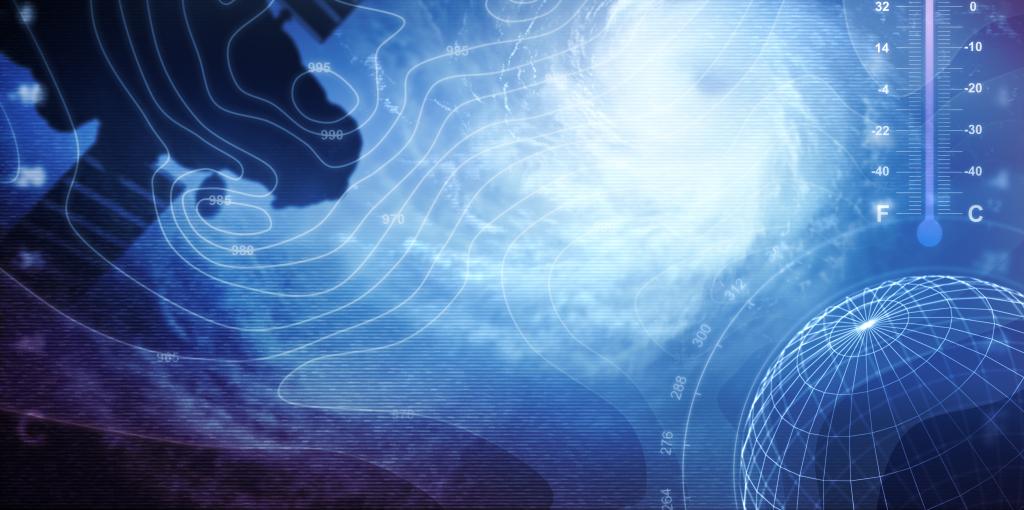Admission CTAs
Dirmeyer studying land-boundary layer coupling processes
Paul Dirmeyer, Professor, Atmospheric, Oceanic and Earth Sciences (AOES), received funding from NASA-Goddard Space Flight Center for the project: "Land-Boundary Layer Coupling Processes from Models and Observations."
Dirmeyer and his collaborators will use information theoretical approaches to provide non-parametric, non-linear, assumption-free analyses, unlike traditional linear statistics that land-atmosphere (L-A) metrics have traditionally used. The team will also use the process based Heated Condensation Framework (HCF) to describe land-surface planetary boundary layer (PBL) interactions that connect surface heat flux partitioning to PBL development and the potential for cloud formation.
The researchers aim to answer three key questions:
- Can scientists construct, from observational (mainly satellite-derived) and reanalysis data, a global depiction of the spatiotemporal patterns of L-A coupling as a multivariate network of processes through the energy and water cycles?
- How can the statistical and physical depictions of this coupling network be combined to reveal the places and times where changes in land surface states affect PBL evolution, and thus the quality of forecasts and projections?
- How well do current global Earth system models replicate observed coupled L-A behavior?
Dirmeyer received $216,544 from NASA-Goddard Space Flight Center for Year 1 of this four-year project. Funding began in August 2021 and will end in August 2025.
